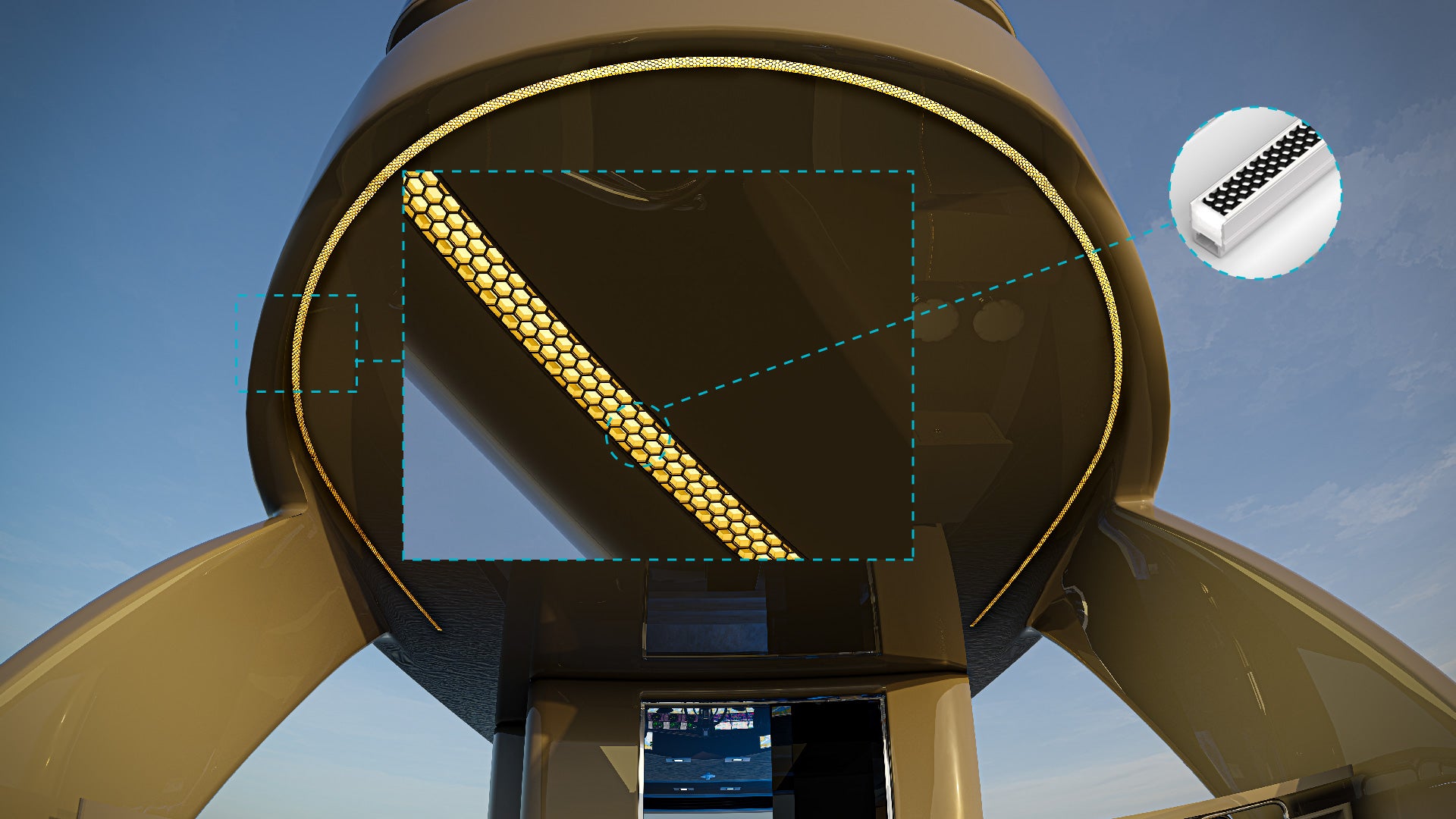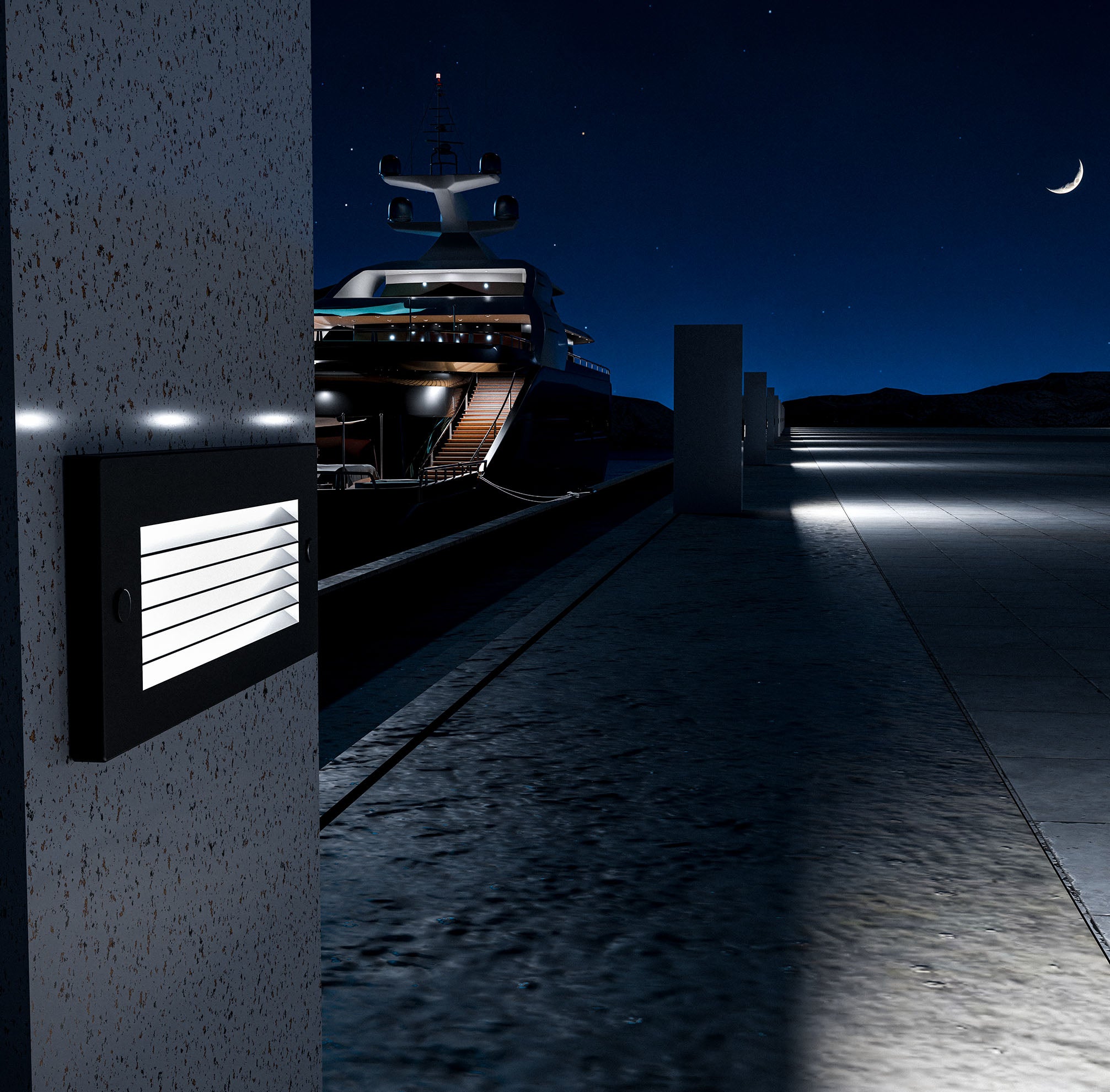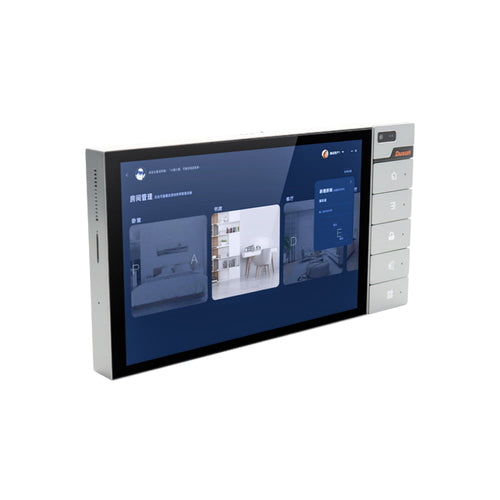Lighting control panels have revolutionized the way we manage lighting systems, offering enhanced functionality, energy efficiency, and customization. These panels act as centralized hubs that enable precise control over LED lighting, making them indispensable for residential, commercial, and marine applications. Whether you’re looking to reduce energy costs, set the perfect ambiance, or simplify your lighting setup, lighting control panels provide a versatile and user-friendly solution. This blog explores what lighting control panels are, their benefits, and how to integrate them with your LED systems to maximize performance and efficiency.
What Are Lighting Control Panels?
Definition and Functionality
Lighting control panels are devices or systems that allow users to manage and control lighting fixtures from a single interface. These panels can range from simple switchboards to advanced digital interfaces that integrate with smart home or building systems. They offer various functionalities, such as dimming lights, adjusting color temperatures, scheduling on/off times, and controlling multiple zones or fixtures simultaneously.
Types of Lighting Control Panels
- Manual Panels: Traditional control panels with physical switches or dimmers. Ideal for small setups but limited in functionality.
- Digital Panels: These feature touchscreens or digital interfaces, offering more customization and easier control over multiple fixtures.
- Smart Panels: Connected to Wi-Fi or Bluetooth, these panels can be controlled via apps or voice assistants like Alexa or Google Home. Perfect for modern, automated lighting systems.
- Marine-Grade Panels: Designed for outdoor or marine environments, these panels are waterproof and resistant to corrosion, making them suitable for LED lighting on boats or docks.
Benefits of Using Lighting Control Panels with LED Systems
Energy Efficiency and Cost Savings
One of the most significant advantages of lighting control panels is their ability to optimize energy usage. By dimming lights or scheduling them to turn off during non-peak hours, you can drastically reduce energy consumption. LED systems are inherently energy-efficient, and combining them with control panels amplifies these savings. For example, dimming an LED light by 50% can cut energy use by the same percentage without compromising the quality of illumination.
Customization and Ambiance Control
Lighting control panels allow users to customize lighting to suit their preferences and activities. For instance:
- Brightness Control: Adjust lighting levels to create a cozy ambiance in living rooms or brighten workspaces for productivity.
- Color Temperature Adjustments: Switch between warm light (2,700K) for relaxation and cool light (5,000K) for focus.
- Dynamic Lighting Scenes: Program scenes like “movie night” or “dining” to instantly set the mood. This level of customization is especially valuable for homes, offices, and boats where functionality and aesthetics intersect.
Enhanced Functionality and Convenience
Centralized control simplifies operations. Instead of adjusting each fixture manually, a single control panel lets you manage multiple zones or fixtures simultaneously. For larger setups, such as a yacht’s cabin lighting or an outdoor patio with string lights, pre-programmed settings save time and enhance convenience.
How to Use Lighting Control Panels with Your LED Systems
Installation and Integration Basics
Installing a lighting control panel requires understanding its compatibility with your LED system. Key steps include:
- Check Compatibility: Ensure the panel works with your LED drivers or transformers. Mismatched systems can result in flickering or limited functionality.
- Proper Wiring: Connect the panel to the LED system according to the manufacturer’s specifications. For larger installations, professional assistance is recommended.
- Test and Configure: Once installed, test the system to confirm all fixtures respond correctly. Configure zones and settings to suit your needs.
Programming and Customization
Modern control panels allow users to program settings for maximum efficiency and convenience. Examples include:
- Setting Schedules: Automatically turn lights on at sunset and off at sunrise, ideal for outdoor or security lighting.
- Dimming and Zoning: Divide your space into zones and control their brightness independently, perfect for multi-room setups or boats with distinct areas like the deck and cabin.
- Remote Control: Use a smartphone app to adjust settings while you’re away, ensuring optimal lighting even when you’re not onsite.
Maintenance and Troubleshooting
- Regular Updates: Keep firmware updated to access the latest features and ensure compatibility.
- Addressing Issues: If lights flicker or don’t respond, check wiring, dimmer settings, and compatibility between the panel and LED system.
- Cleaning: For marine or outdoor panels, clean regularly to prevent salt or debris buildup, which could affect performance.
Applications of Lighting Control Panels with LED Systems
Residential Use
Homeowners can use lighting control panels to enhance energy efficiency and create the perfect atmosphere for every room. Examples include:
- Kitchens: Bright task lighting for cooking, dimmed ambiance for dining.
- Living Rooms: Adjust lights for movie nights or entertaining guests.
- Bedrooms: Set warm lighting for relaxation or use schedules to wake up with natural daylight settings.
Commercial and Industrial Applications
Businesses benefit from lighting control panels to manage large-scale setups:
- Offices: Use panels to automate lighting schedules and reduce energy costs.
- Retail Stores: Highlight products with customizable light settings.
- Warehouses: Ensure safety and functionality with motion-triggered LED controls.
Marine and Outdoor Settings
Control panels are particularly useful in marine environments and outdoor spaces:
- Boats and Yachts: Manage deck, cabin, and underwater lights to enhance safety and ambiance.
- Outdoor Living Spaces: Control patio lights, garden fixtures, and pathway illumination for convenience and style.
Choosing the Right Lighting Control Panel for Your LED System
Compatibility and Features
Ensure the panel supports essential features like dimming, zoning, and color control. Check that it integrates seamlessly with your LED fixtures and smart home devices if applicable.
Ease of Use and Scalability
Look for panels with intuitive interfaces, such as touchscreen or app-based controls. Opt for scalable systems that can accommodate future expansions, such as additional lighting zones or advanced features.
Budget and Energy Goals
Balance cost with functionality. While advanced panels may have a higher upfront cost, their energy-saving capabilities and convenience often justify the investment over time.
Lighting control panels are essential tools for managing LED systems effectively, providing energy efficiency, enhanced functionality, and unparalleled customization. Whether you’re upgrading a home, outfitting a commercial space, or enhancing a boat’s lighting system, these panels simplify operations and improve the overall experience. Explore K2 Lighting’s selection of LED-compatible control panels to find the perfect solution for your lighting needs and take your system to the next level.





